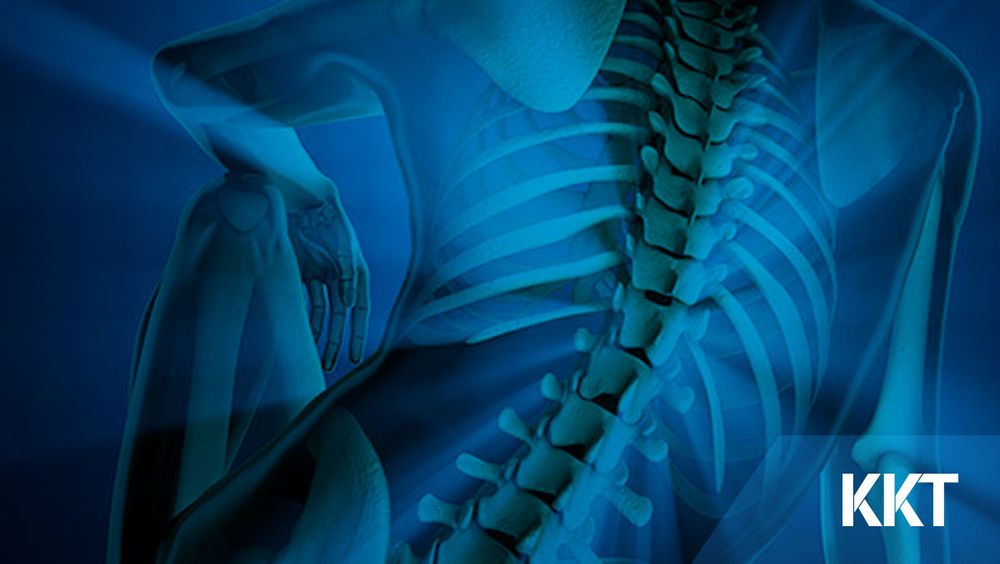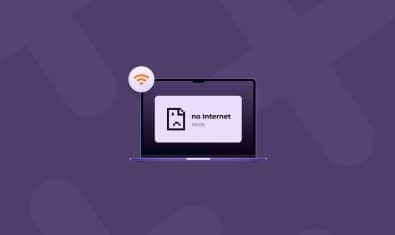Have you ever noticed that your prescribed medication and ‘desi totkas’ are no more effective in relieving your intolerable back pain? And you are further hollowing your body by being in the same state and feel utterly helpless.
What is next? Surgery?
Be aware that your body has reached its capacity to suffer if these things become constant.
- Pain is persistent and disabling
- All other treatment measures have been exhausted
- There is no other way out than surgery
According to The Institute for Health Metrics and Evaluation (IHME), lower back pain is the third most common cause of activity limitation and disability among Pakistanis. All thanks to the poor ergonomics, industrialization, unhealthy diet and sedentary lifestyle. Sometimes falls and accidents also become a reason of chronic backache in individuals. Unlike acute pain (6-12 weeks), the persistence of chronic back pain lasts more than 3 months and interferes with your routine work.
Why clinicians are unable to treat chronic back pain?
Normally, lower back pain is manageable through precautionary measures and pain-relieving medicines. However the treatment for chronic back pain is entirely different and physicians cannot rely on medicines, acupuncture and chiropractic techniques for its cure. In fact, these prevailing approaches either do not work or have limited efficacy to provide relief to the patients due to the following reasons:
1. Dissociation of pain from pathology
In most cases, physicians prescribe medicines and pain killers to the patients despite diagnosing the actual cause of the excruciating pain. Medicines, muscle relaxants and other narcotics may provide partial relief in the short run but do not eliminate the root cause of the pain. In addition, these pain-relieving medicines are associated with possible side effects in certain individuals.
2. Pain is a subjective phenomenon
Every individual experiences pain differently. With conventional investigations, only focusing on the symptoms, physicians recommend almost the same pain relievers to every patient.
3. Self-medication
Most of the time, patients with back pain treat themselves without contacting a certified clinician and only visit the orthopedic doctor when the pain worsens.
4. Diagnostic tools
Some physicians refer the patients to get an MRI report. However, in most cases, MRI is not required and is wasteful health care spending. Additionally, MRI is done to provide fine details of a specific area of the body and it sometimes over-diagnoses back problems that often lead to unnecessary treatment. So, MRI should not be a doctor’s only diagnostic tool as it may mislead to a wrong diagnosis, claims by Dr. Goldstein (MD, Medical Director of the Spine Service in New York).
5. Performing unnecessary surgery
Generally, physicians recommend patients to undergo surgery when pain killers stop relieving chronic pain. But do you know that only a small number of backache patients actually require surgical intervention and the majority can be treated without it?
However, it is suggested that a patient must get the second opinion from a qualified orthopedic because surgery seems like a pretty persuasive option when an individual has already suffered a lot due to persistent pain. Back surgery may initially be successful and may address pain more rapidly than non-surgical treatments, but long-term follow-up studies show that people who’ve had surgery aren’t much better off than those who don’t. In some cases, patients had to repeat the surgery within 10 years.
Why? Because those patients were not the eligible candidates for surgery and they could be treated non-invasively. Besides that, the failed back surgery syndrome rates are rising rapidly, states John. C. Lu, (Chief Medical Editor, Neurosurgery of Spine Surgery).
Surgical intervention is necessary in those cases where patient’s MRI reports have identified serious symptoms of any underlying conditions that requires immediate attention. These are the cases of Cauda equina syndrome, impending foot, wrist drop and cervical myelopathy where surgery is seen as a last resort.
Is there any effective treatment that can recover me from chronic back pain?
Yes! There is hope in the form of KKT Treatment for all those people who are suffering. And the best aspect of KKT treatment is that it effectively eradicates chronic pain without medicines and surgery.
Undoubtedly, chronic back pain has always been a crucial part of human existence. Over the centuries, its understanding and method of treatments have transformed with the help of vast scientific research and medical advancements. One such breakthrough in field of healthcare industry was the introduction of KKT Technology in 2003.
Since the day of its inception, KKT technology became the center of attention in the medical fraternity as this treatment allows medical practitioners to provide the patient with customized treatment on a signature sound frequency.
How KKT Treatment is different from the rest?
Spine management was and still is one of the ignored factors for the treatment of persisting problems. When spine alignment is damaged, weight distribution becomes abnormal which elevates stress risers and eventually causes strain on your back. With the help of KKT Spinalytics X-rays, orthopedics can effortlessly analyze the misalignment in the spine at the micro-level.
After that sound waves at 50-80Hz are emitted through the KKT device to help the spinal vertebrae to realign by working on the principle of resonance. This realignment of the spine removes the abnormal stress risers. Whereas at the macro level, KKT Technology improves the functioning of muscles, ligaments and spinal nerves.
KKT Orthopedic Spine Center takes a holistic approach to deal with patients of chronic back pain. They have highly trained Clinical Psychologists, Orthopedic Consultants, Physiotherapists and Neurosurgeons on board who perform a complete clinical examination of patients to identify the underlying cause of pain and take care of patients’ physical and emotional needs. Constant strain on back can have real effects on a person’s day to day activities and mental health, therefore, KKT medical staff effectively communicates with patients about their health conditions, helping them understand pain, mitigate fears and promote an active lifestyle.
Is KKT Treatment available in Pakistan?
Since August 2012, KKT Orthopedic Spine Center has its prominent presence in Pakistan with 9 operational centers in metropolitan cities. KKT Pakistan’s head office is situated in Johar Town-Lahore, and other centers are located in DHA Lahore, Rawalpindi, Islamabad, Faisalabad, Multan, Peshawar, Karachi and Hyderabad.
At present, KKT Pakistan has provided successful spinal treatments to over 92,670 patients and is continuously improving quality standards and serving more and more patients.
The cure of backache is within your reach now. Pick a phone and dial 0800-00-558.


























92 thousand patients? What a farce. People should look up their google reviews. This is just a shake down, nothing more.
A simple google search shows how big a fraud are they. their victims have a facebook page detailing their betrayal. PP should not let know frauds prompt their deception. Lets have bit of a journalistic ethics.
I got treatment from KKT…my upper seven discs were affected as per MRI…I could not properly sleep for about 120 days…but after only two sessions i could feel the difference…i took about 12 sessions from KKT and even though it is expensive, it saved me from going under the knife.
I have had the lower back pain for a long time. Before getting any treatment from KKT, I was taking handful of medicines. But Alhamdulilah ever since I received a treatment from KKT, I no longer feel pain in my back. And yes of course I have thrown my painkillers away as I don’t need them anymore.